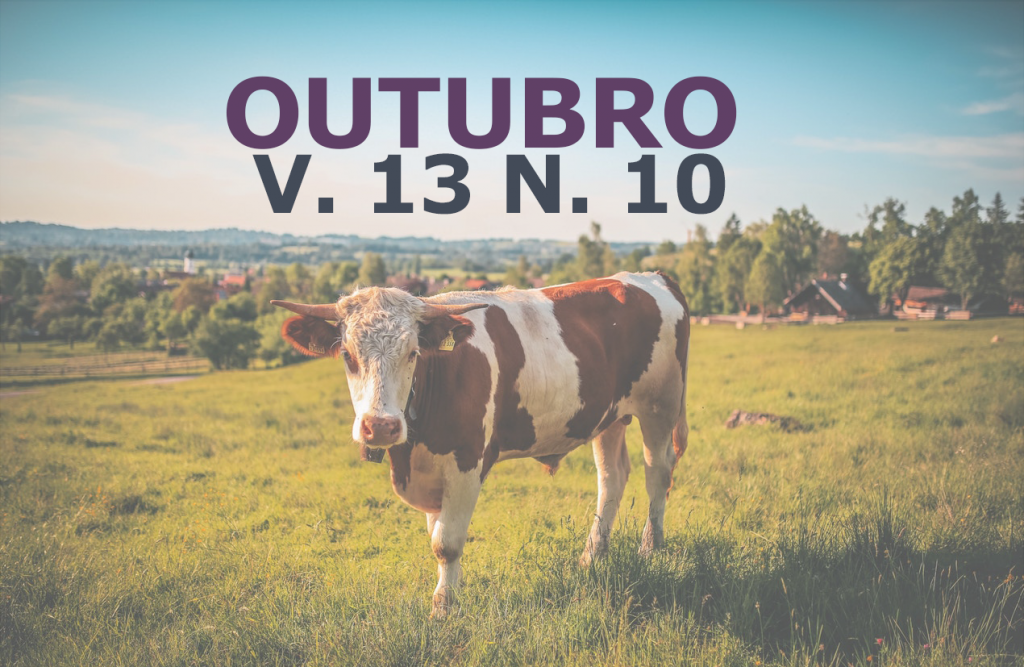IL1β, TNF-α, TLR2, TLR4 and TLR9 mRNA expression in sheep immunized with Corynebacterium pseudotuberculosis antigens
DOI:
https://doi.org/10.31533/pubvet.v13n10a438.1-12Keywords:
caseous, lymphadenitis, innate immune response, TLR 2, 4 and 9Abstract
Corynebacterium pseudotuberculosis is the etiological agent of Caseous Lymphadenitis in small ruminants and causes granulomas in lymph nodes and organs. The role of innate immune mechanisms involved in the pathogenesis of this bacterium has not yet been completely elucidated and must be understood for the rational development of vaccine candidates. This study evaluated IL1β, TNF-α, TLR2, TLR4 and TLR9 mRNA expression in sheep infected with a low virulence strain (T1) and immunized with secreted antigens of T1 and later challenged with a virulent strain of C. pseudotuberculosis. Five sheep were inoculated with a dose of 109 CFU of T1 (a low virulence strain of C. pseudotuberculosis), five were immunized with 250 µg of secreted antigens in chemically defined medium (CDM) and three animals were used in the control group in which they received only 0.09% saline solution. All animals were challenged with a dose of 2x105 CFU of a virulent C. pseudotuberculosis strain, and subsequently necropsied. Control group animals after challenge were used to compose the infected animal group. The results showed that there was slightly higher expression of TNF-α, TLR2, TLR4 and TLR9 mRNA in animals from group T1, which did not develop lesions, however, it was not statistically significant. All groups influenced in the expression of IL1β, TNF-α, TLR2, TLR4 and TLR9 mRNA.
Downloads
Published
Issue
Section
License
Copyright (c) 2019 Danielle Lima, Míriam Rebouças, Bruno Bastos, Marcos Costa-Silva, José Tadeu Raynal, Maria Conceição Aquino de Sá, Maria Emília Alcantara, Vera Vale, Lília Moura-Costa, Soraya Trindade, Ricardo Portela, Roberto Meyer

This work is licensed under a Creative Commons Attribution 4.0 International License.
Você tem o direito de:
Compartilhar — copiar e redistribuir o material em qualquer suporte ou formato
Adaptar — remixar, transformar, e criar a partir do material para qualquer fim, mesmo que comercial.
O licenciante não pode revogar estes direitos desde que você respeite os termos da licença. De acordo com os termos seguintes:
Atribuição
— Você deve dar o crédito apropriado, prover um link para a licença e indicar se mudanças foram feitas. Você deve fazê-lo em qualquer circunstância razoável, mas de nenhuma maneira que sugira que o licenciante apoia você ou o seu uso. Sem restrições adicionais
— Você não pode aplicar termos jurídicos ou medidas de caráter tecnológico que restrinjam legalmente outros de fazerem algo que a licença permita.





